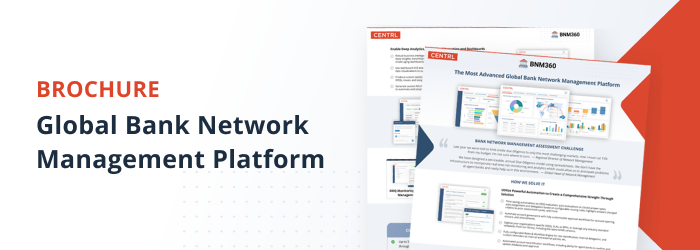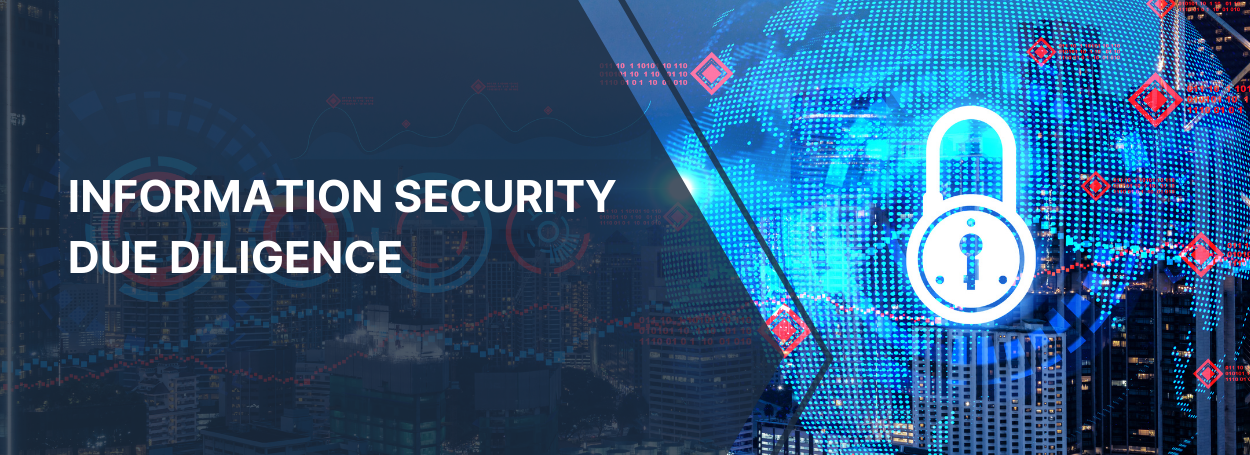6 Best Practices for Global Bank Network Management

Aligning with evolving best practices is critical to success in the financial industry. CENTRL’s first hand experience with bank network managers, agent banks, and financial market infrastructures has allowed us to observe what works and what doesn’t. Here, we’ll briefly explore best practices as a guideline for global bank network management that makes sense, eliminating inefficiencies and augmenting risk management.
1. Relationships Matter
Relationships are among the most important aspects of bank network management. Yet, connecting with agent banks has become more challenging in a remote world, slowing and dropping in quality over recent months. To support strong relationships, technology must address these challenges.
The right solution will foster relationships by providing a powerful system of record for all network management functions, from due diligence to RFPs, as well as account opening approval processes and recertifications. It should also feature easily tailored data models.
2. Let Templates Serve You
DDQ automation is usually easy for users but challenging for banks. Banks often get inundated with the same requests. They may have templates in place, but they don’t always match up with needs. Some templates, listed below, can help to bring together multiple needs and provide a holistic view:
- The Association of Global Custodians (AGC) Questionnaire
- The Wolfsberg Group’s Anti-Money Laundering (AML) Questionnaire
- The Association for Financial Markets in Europe (AFME) Due Diligence Questionnaire
3. Regulations Rule: Stay Aware
Regulations are always evolving, so it’s critical to stay aware of changes and update your processes as needed. The financial crisis of 2008 serves as an example; we can see this demonstrated by the Dodd-Frank Act, Securities Financing Transactions Regulation, FDIC regulations, and more, all of which emerged from the last recession.
4. Have A Source Of Truth
Global network managers must manage the selection, oversight, risk, and cost of hundreds of agent banks around the world in an increasingly complex environment. However, their current process and platforms can be highly fragmented and manual, which leads to inefficiencies.
A single integrated system reflecting the real-time state of your due diligence, recertification, and accounts governance processes allows you to dramatically reduce costs and risk exposure. Integrating all network management data into one system will empower you to evolve risk, cost, and compliance management to dynamic, integrated knowledge provisioning for your global business.
Aim to have a single repository with an in-app viewer to keep everything in one place and be prepared with an audit trail.
5. Make Use of Real-Time Network Management
Real-time network management solves many data and analytics issues. It allows for an incoming data feed gathered from news feeds and credit ratings, which can be incorporated into your organizations’ core platforms.
As a result, this type of network enables custodians to have all relevant real-time data in one place, ensuring important news comes in right away as intelligent content.
6. Technology Platforms Help
A modern SaaS platform can help to address the problem of manual work, while scaling with your needs and providing an intuitive user experience.
The right technology platform should have a focus on industry best practices for security and be vetted and trusted by multiple global banks. Look for assets like rapid build and deploy cycles for continuous value. Additionally, the solution should have regular release cycles for updates and customization features. Finally, next-generation analytics should be implemented to help users make sense of robust data quickly and easily.
Interested in learning more about best practices for global bank network management? Download CENTRL’s whitepaper on the topic here.


